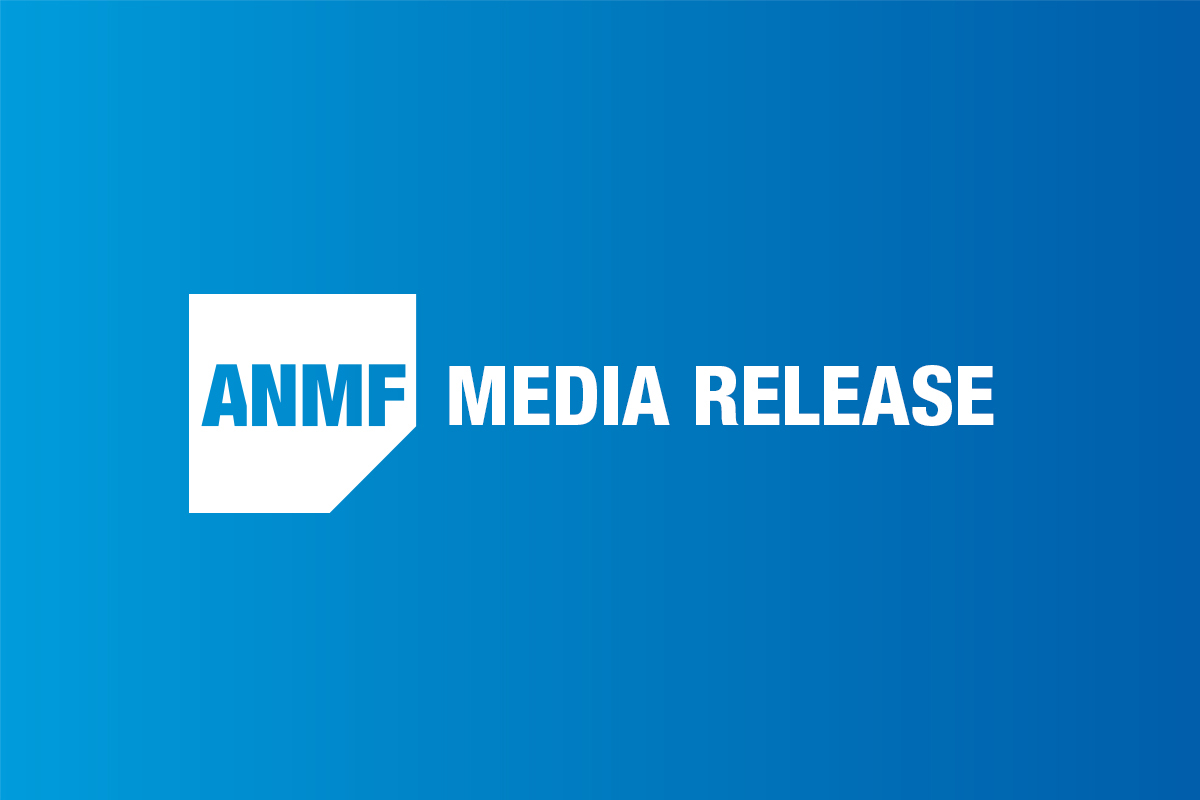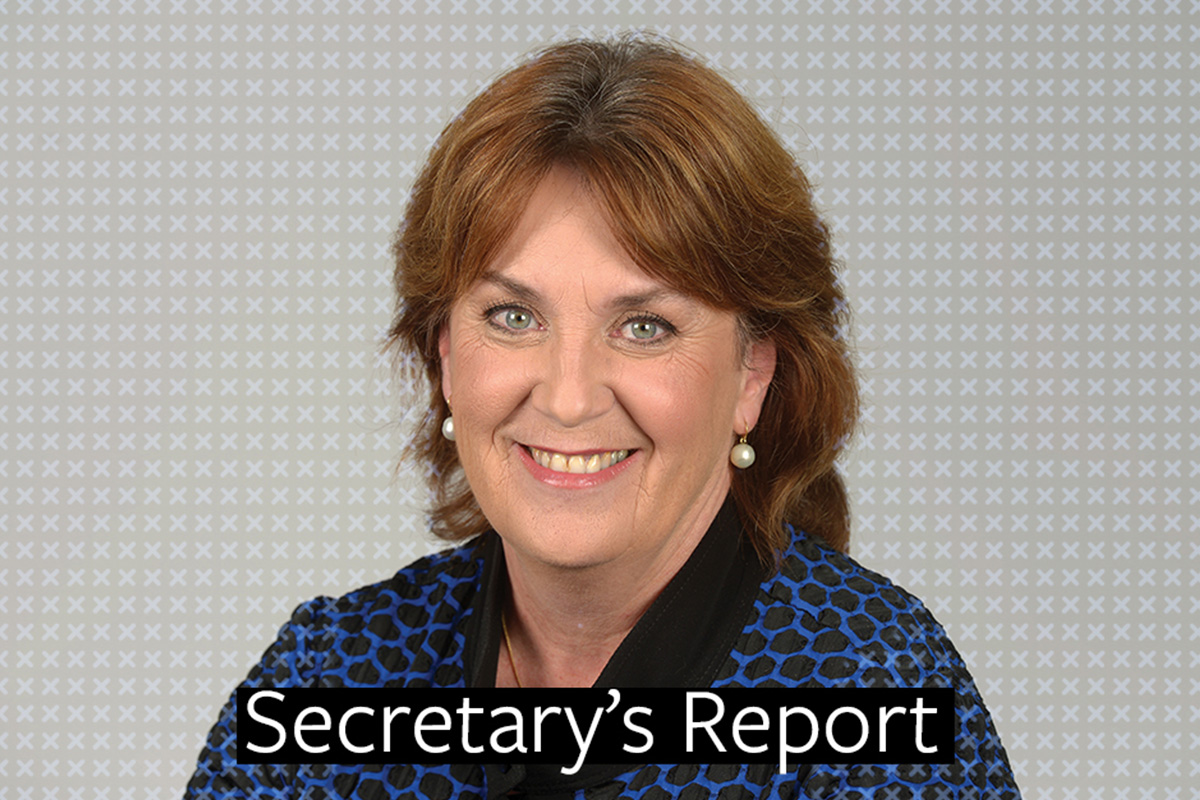
The Australian Nursing and Midwifery Federation (Victorian Branch) has welcomed the Andrews Government’s commitment to a third round of improvements to legislated minimum nursing and midwifery staffing levels in public hospitals.
Nurse/midwife patient ratios are set out in the Victorian Safe Patient Care Act 2015. The improvements will see an additional 286 equivalent full-time nursing positions and 141 equivalent full-time midwifery positions.
The number of nurses required to work in Victorian public hospital intensive care units, high dependency units, coronary care units and emergency departments will increase under a re-elected Andrews Government.
The commitment will correct the Act’s omission of the ‘accepted practice’ of the 1:1 intensive care nurse ratio as well as introduce other important nursing roles. The introduction of additional team leader and liaison nurse positions in ICU will improve rapid response and provide outreach to patients on wards and support patients after discharge. High dependency and coronary care units will receive additional night duty staff.
Emergency department resuscitation bays will move from 1:3 on the morning shift to 1:1, which is the same as the afternoon and night shift.
Postnatal wards will see an increase in the number of midwives looking after new mothers and their babies. The postnatal night shift ratio will improve from one midwife to six mothers to one midwife to four mothers, which is the same as the morning and afternoon ratio. The increased ratio will apply to Level 4, 5 and 6 services under the Safer Care Victoria Maternity Capability Framework.
To support midwives caring for the babies on the postnatal ward a re-elected Andrews Government will trial rostering a registered nurse on every shift in pilot health services
The trial is also expected to act as a midwifery recruitment initiative as anecdotal evidence suggests registered nurses exposed to the wonderful work in maternity services are more likely to undertake postgraduate midwifery studies. Victorian public hospitals offer a postgraduate midwifery employment model.
ANMF (Vic Branch) Secretary Lisa Fitzpatrick said: ‘Nurses and midwives in these clinical areas have been through the pandemic wringer and this announcement will be critically important to them.
‘The improved ratio initiatives reflect resolutions passed by ANMF (Vic Branch) Job Reps representing members in their workplaces at our Annual Delegates Conferences over the past several years – it’s what nurses and midwives at the bedside have asked for.
‘ANMF has used those resolutions as a guide to lobby the Andrews Government for improvements to staffing levels.
‘By announcing these improved ratio commitments, the Andrews Government has demonstrated once again it is really listening to nurses and midwives as part of its pandemic recovery response and to improve their job satisfaction and the health system for all Victorians.
‘Just talking about increasing or recruiting nurses and midwives can be meaningless if there are no rules about rostering or minimum staffing levels, as we have seen in private and not-for-profit residential aged care.
‘I cannot overstate how improving the staffing level is one of our most effective recruitment and retention tools because it reduces nurses’ and midwives’ workloads and improves patient care,’ Ms Fitzpatrick said.
‘Less ambitious people will ask where will they come from? Our experience of nursing and midwifery recruitment is that when you improve workloads, then nurses and midwives who have decided to take a break come back and those nurses and midwives who reduced their hours to cope with the pressure start to increase their shifts.
‘The 2024 implementation timeframe means we can complete the final 2023 improvements, as part of the previous election commitment amendments, that will remove hospital managements’ ability to round staffing levels down in special care nurseries, neo-natal intensive care units, antenatal and postnatal wards and birthing suites and aged high care residential wards,’ she said.
‘The timing is also based around when we will start to see nurses who received Victorian Government scholarships and ANMF fee grants complete critical care, midwifery and other postgraduate courses,’ Ms Fitzpatrick said.
ANMF has provided members with more than $4 million to undertake postgraduate courses in areas of clinical need since 2018.
Background
The latest Nursing and Midwifery Board of Australia registration June report shows Victoria currently has 9487 midwives (plus 137 who are registered but not practicing) up from 8942 in 2019. There are 113,743 registered and enrolled nurses (plus 1782 who are registered but not practicing) up from 100,337 in 2019.
Victoria secured ratios in the 2000 public sector nurses and midwives enterprise agreement. The Andrews Government legislated ratios in 2015 and introduced two legislative amendments to improve and extend ratios in 2019 and 2020. These improvements were introduced in stages over five years between 2019 and 2023.
Victoria was the first place in the world after California to secure nurse/midwife patient ratios through enterprise bargaining and second in the world to have those ratios mandated in legislation.
The Australian Nursing and Midwifery Federation (Victorian Branch) has more than 97,000 members – nurses, midwives and aged care personal care workers – across the Victorian health and aged care sectors.
Media inquiries: ANMF (Vic Branch) Robyn Asbury – M: 0417 523 252
Authorised by Lisa Fitzpatrick, Secretary, ANMF (Vic Branch), 535 Elizabeth Street, Melbourne VIC 3000.



